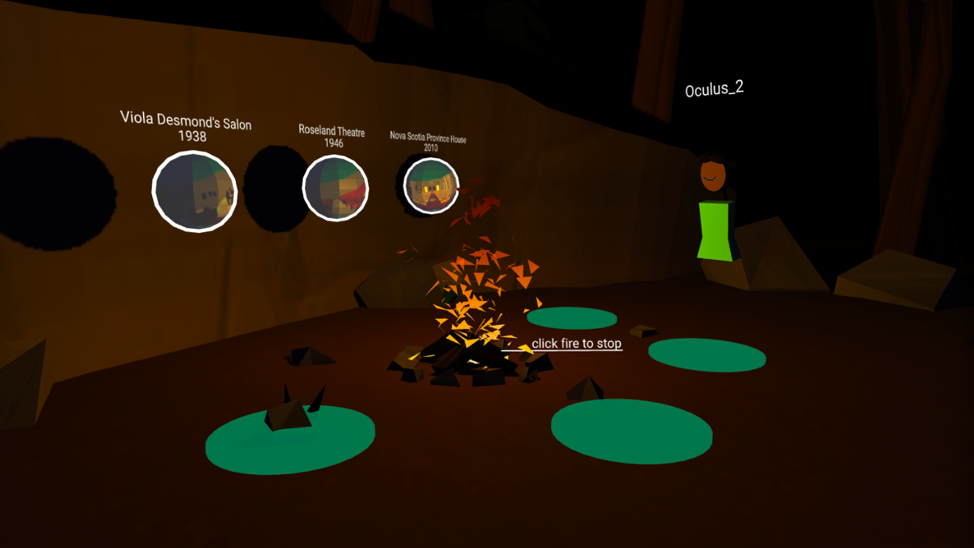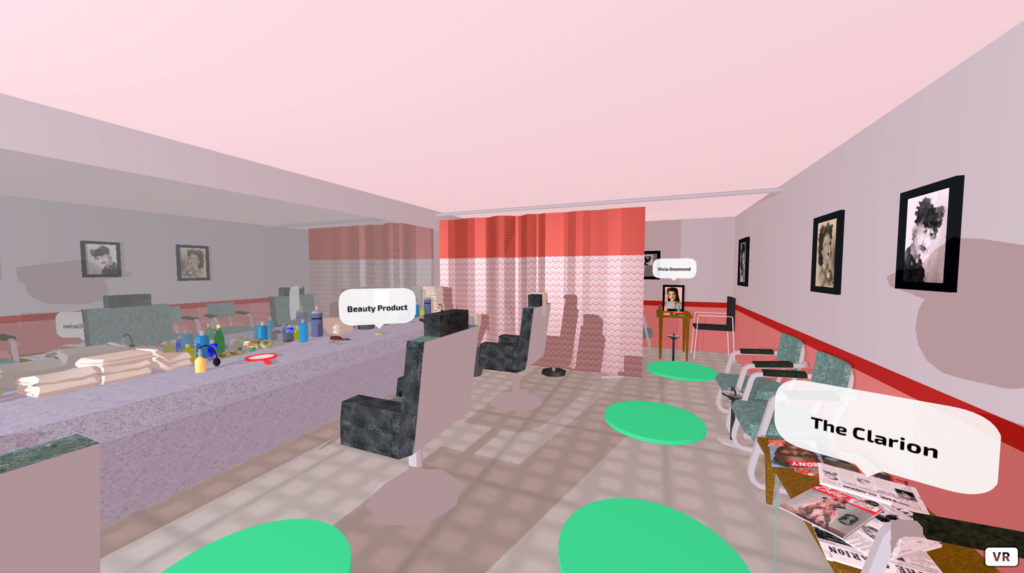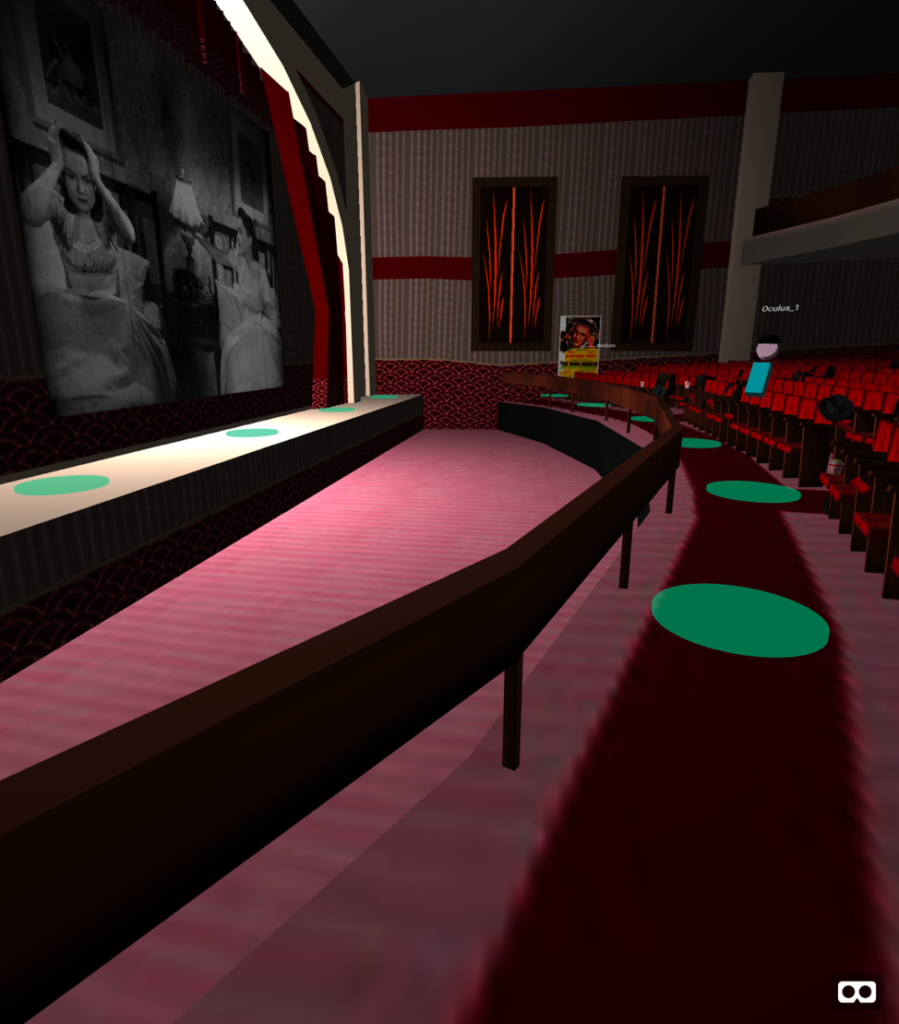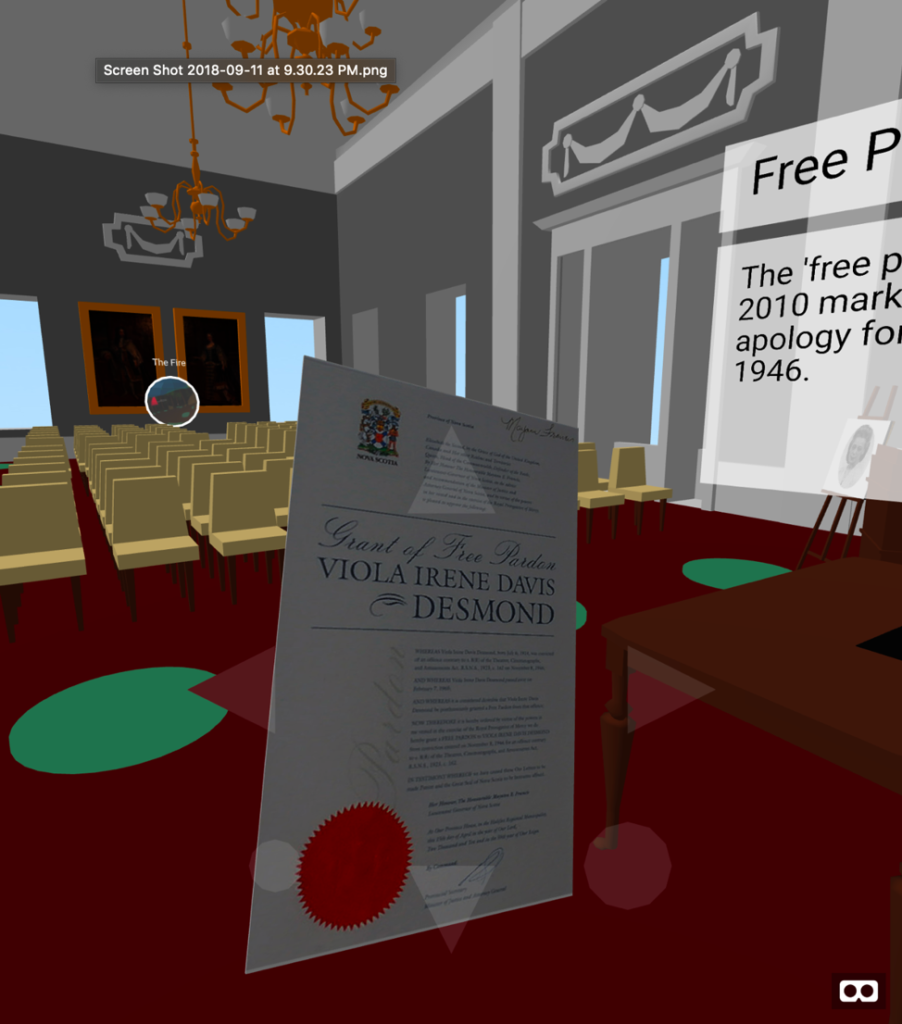
On Virtual Reality in Education
- by Anthony
- in Uncategorized
- posted December 2, 2018
I am currently a multimedia Professor at Algonquin College, and a PhD student exploring the boundaries of Virtual Reality (VR) and Augmented Reality (AR) , and their use in future education, at Carleton University. VR in education has a long history, but it is largely motivated by the concept of experiential education – that we learn by doing. This largely has roots in a learning theory called “constructivism” which can be described succinctly as:
“I hear and I forget. I see and I remember. I do and I understand.“ ~ Confucius
And in more detailed terms:
Congggstructivism is “less a single theory of learning than a collection of perspectives all of which share the common assumption that learning is how people make sense of their experience-learning is the construction of meaning from experience”. This theory focuses on the importance of learners actively constructing their own knowledge via a more experiential model. Dewey referred to this as “genuine education”, Vygotsky highlights that “this process is a social process mediated through a culture’s symbols and language“. Additionally, constructivism is generally considered crucial to self-directed learning and to Lave and Wenger’s concept of situated learning/situated cognition, that “posits that learning occurs in context, that is, our learning is situation specific, and in fact the nature of the context structures the learning.” Kolb’s Learning Cycles defines the process of experiential learning with 4 steps of concrete experience, reflective observation, abstract conceptualization, and active experimentation.
Additional advantages of VR in education include the following, collected from journal papers authored by educational technology researchers Dalgarno and Lee, Salzman and Dede:
- Enhanced spatial knowledge representation
- Greater opportunities for experiential learning
- Increased motivation/ engagement
- Improved contextualization of learning
- Richer/more effective collaborative learning
- Immersive 3-D representations
- Multiple Frames of Reference
- Multisensory Cues
- Changing our behaviour by changing our virtual appearance (Not necessarily educationally focused but very powerful work by Yee and Bailenson)

Image: A Recreation of one of Viola Desmond’s Beauty Salons in Nova Scotia 1938.
The Social Problem: What About Everyone Else?
Note is that there is only one mention of any social context or collaboration. This is interesting as we often learn from each other, in classrooms, museums with others, workshops, presentations, social media, gatherings etc. Many VR proponents also talk about “embodied cognition”, “that is, our cognition is influenced, perhaps determined by, our experiences in the physical world.” This includes, for example, our bodies interacting with virtual worlds to reduce cognitive load; but is also very closely related to situated cognition which also includes the social, physical, and cultural environment around us. It is important to acknowledge that we learn together, in classrooms and informally outside of them, from each other, and with each other. Fortunately, there is actually a large body of learning theory work called “social cognitive theory” that helps to frame how important a social content in any educational VR may be:
Schunk defines Social Cognitive Theory as “the idea that much human learning occurs in a social environment. By observing others, people acquire knowledge, rules, skills, strategies, beliefs, and attitudes. Individuals also learn about the usefulness and appropriateness of behaviors by observing models and the consequences of modeled behaviors, and they act in accordance with their beliefs concerning the expected outcomes of actions”.
- How do we learn from each other in VR?
- How do we see each other in VR?
- How do we collaborate and communicate in VR?
- How do we have fluid interaction between both remote and local learners?

Image: A Recreation of The Roseland Theatre in Glasgow, Nova Scotia, when Viola Desmond was forcibly removed during a screening of The Dark Mirror in 1946.
The Accessibility Problem: What About Everyone Else?
When discussing accessibility we must consider that not all people can afford contemporary VR HMDs, such as an Oculus Rift or HTC Vive and the required high-end PC. There are also wires running from these HMDs to the PCs that represent tripping hazards (especially in co-located social situations), and that cybersickness (becoming nauseous inside VR) still affects a significant number of people. Additionally, when considering the IT infrastructures of formal education (e.g. classrooms) and informal education (e.g. museums) institutions there is currently not enough training available to keep these running (I personally see VR stations like these “out of service” in these contexts).
- How do we make VR lower friction for those that do not have the time to be trained to use, install, update, and maintain?
- How do we make VR lower cost?
- How do we make VR content-creation as easy for educators as updating their online class management systems?
- What are the interactions we should focus on for all types of users from all types of backgrounds (technical, non-technical, no experience with VR etc.)?

Image: A Recreation of Nova Scotia’s Province House in 2010 when Viola Desmond was posthumously free pardoned.
Possible Solutions
For solutions to some of these problems I have been exploring the development of a platform using WebVR for standalone VR HMDs, mobile devices, and traditional PCs to create a more accessible, maintainable, and social educational platform. I should also note that though WebVR is still a nascent technology it has great potential and that by focusing on its use we can help contribute to its further growth and development. Also, we hope that our efforts will also help market it as a great tool for focused educational endeavours, building upon communication tool efforts of Mozilla HUBs, and the more generalized and complex efforts of JanusVR. We will create an educationally focused WebVR platform that aims to highlight the pedagogical importance of the connections between each other, and our environments.
Some arguments for using WebVR for education follow:
- VR in classrooms can be expensive.
- Support lower cost devices such as the Oculus Go.
- Support non-immersive, but more ubiquitous, VR devices such as smartphones, tablets, and PCs that students already have access to.
- Problem: VR in classrooms can be non-accessible.
- Support non-immersive VR devices such as smartphones, tablets, and PCs that students are familiar with.
- Focus on VR best practices that allow students to move throughout virtual environments with ease.
- Locomotion modes: checkpoints & teleport, snap-turning, look-controls.
- Interaction Modes: focus simplicity in interactions (e.g. interact with “special objects” via a single button press – training needs to be minimal).
- Use familiar web interaction patterns when possible to help students transition from familiar technologies (i.e. web) to more advanced technologies (WebVR).
- Problem: VR in classrooms can be difficult to maintain.
- Use familiar technology web-based technologies, via WebVR, to allow us to easily extend existing tools such as Learning Management Systems (LMS’).
- Websites are more easily updatable when not locked into images served by school IT.
- Allows developers to use familiar and more well-known technologies to update and create new experiences (html/css/js etc.).
- Problem 4: VR in education is generally not social.
- Focus on creating environments and interactions that encourage peer collaboration within a VR space.
- Support interactions and communication (voice, gestures, expressions).
- Support different simultaneous perspectives (e.g. multi-scale, multi-worlds, multi-roles – instructor/student/observer).
Over the last few months myself and a small team have been working on a platform that hopes to build upon these advantages to make it easier for educators and students to experience the benefits of VR for a more experiential education while also serving more people, across a variety of technologies, together. Circles is still very much a prototype and we are currently looking for more support to help continue building it, but in any case, it is also a research project and will continue to be my focus for the next couple of years
Looking forward to seeing more educational VR experiences! Particularly more educational VR that is both social and accessible enough to help grow the VR ecosystem to more diverse audiences.
Below is some of the work we have done so far in Circles, creating some “worlds” for learners to visit and learn about a Canadian civil rights pioneer.
To better understand a story we must experience it.
We must immerse ourselves in it.We start #ViolaDesmond's story at one of her beauty salons. She was not only a #CivilRights pioneer; but also a successful entrepreneur. https://t.co/VePJJjLDe2 pic.twitter.com/NO8HdECIn1
— circles_xr (@circlesxr) October 9, 2018
To better understand a story we must experience it; but is it better to experience it together? #socialVR
Continuing #ViolaDesmond's story at The #RoselandTheatre in #NovaScotia #Canada where she refused to move from the "whites only" main floor seat. https://t.co/VePJJjLDe2 pic.twitter.com/b5QGwdlyep
— circles_xr (@circlesxr) October 9, 2018
To better understand a story we must experience it. Can #VR and #socialVR help learning in the classroom?#ViolaDesmond was awarded a "free pardon" in Nova Scotia 2010; and this year the @bankofcanada issues a $10 bill with Viola proudly displayed. https://t.co/BHugSm6ym9 pic.twitter.com/XsbTF9ivIG
— circles_xr (@circlesxr) October 9, 2018